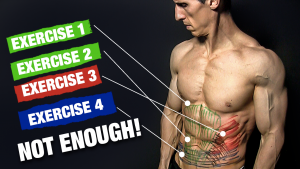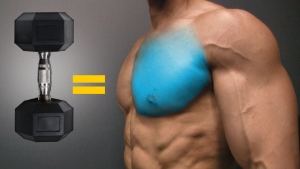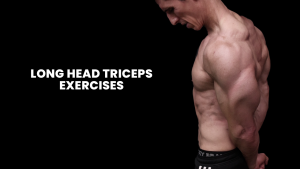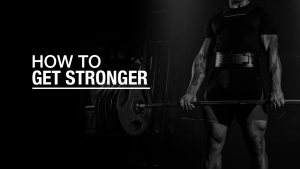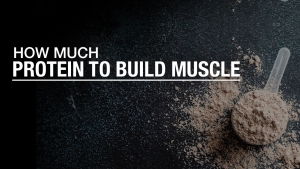EARLY WARNING SIGN OF MUSCLE LOSS?
What if there was a natural early warning sign that told you that your training was about to go off the rails?
Let’s say there was something that would help you detect when your training is about to become unproductive, long before any of the negative side effects start to become apparent, such as:
- Loss in strength on bigger lifts
- Not seeing any size gains
- Decreased desire to train
- Plateau in fat loss
Today I want to show you a simple test you can do to you get ahead of these side effects of fatigue so you can reverse them before they really become problematic!
And the best part?
This test is FAST and CHEAP!
It’s also simple to do and can be done at home.
I recommend that you perform this test regularly to make sure you’re taking care of your body and making the best possible use of your training time.
WHY GRIP STRENGTH IS IMPORTANT TO YOUR TRAINING
Grip strength is the best gauge of fatigue, and decreased grip strength may mean it’s time for rest or a change in strategy.
Why grip strength?
The idea is this: we know that grip strength is neuromuscular driven.
When you have variances in your grip strength it DOES NOT mean that you’ve lost grip strength from one minute to the next, or from one hour to the next, or even one day to the next!
You may have noticed that when your body is not up to maximal function, such as when you’re tired or ill, your grip strength decreases.
If you try to squeeze your hand and make a tight fist when you’re not feeling up to par, you’ll see just how impossible it is to obtain max strength!
This is because your body is fatigued on a neuromuscular level.
When it comes to training, you’ll notice the same decrease in grip strength when you’re approaching a state of under recovery.
Many times this happens because people continue to add more volume and techniques to their training plans to try to force their hypertrophy and strength goals. I show you a lot of cool things on my YouTube channel, but you can’t try all of them all of the time!
Adding volume to a muscular system that already has reached its capacity for recovery is a fast way to send your body into a deeper state of woe and make it harder for you to see new gains.
Signs that you’ve taken your body beyond the point of neuromuscular fatigue:
- Decreased strength
- A lack of desire to train
- Long lasting plateau in new muscular hypertrophy or strength
Thankfully there’s an easy way for you to test your grip strength from home on a frequent basis so you can avoid getting to that point, and intervene much sooner!
Before we move on, it’s also important to remember that grip strength has a strong correlation to your performance on the bigger compound lifts.
Due to the irradiation effect of a strong grip to more of the proximal muscles, as well as the stability provided to the entire kinetic chain that starts with a strong grip, we will always need to strengthen our hand strength if we want to realize our true potential in the gym.
Let me show you how to measure your grip strength regularly from home so you can avoid neuromuscular fatigue and continue making progress in your overall grip strength.
HOW TO MEASURE GRIP STRENGTH… FOR CHEAP AT HOME!
I’m going to show you a cool trick that I discovered on accident that will allow you to easily and cheaply test your grip strength at home.
The hand grip dynamometer is the gold standard used by physical therapists for measuring grip strength, but it’s expensive and you don’t need to go out and buy one to get a fairly accurate snapshot of your current grip strength.

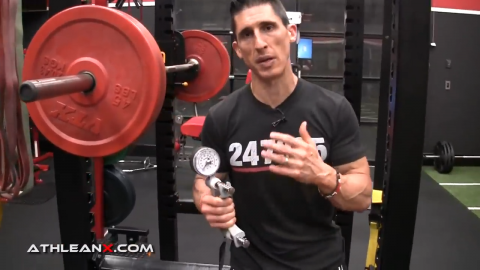
Instead of spending the $300 that the hand grip dynamometer costs, you can purchase a $10 non-digital bathroom scale that essentially does the same thing.

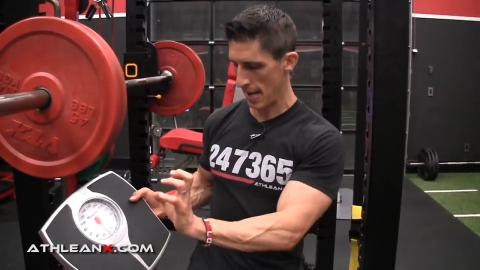
First let’s look at how the hand grip dynamometer works and then I’ll show you how you can use that bathroom scale for the same purpose!
To use the hand grip dynamometer, position your arm at your side with your elbow bent at 90 degrees, and then squeeze as hard as you can for 6 seconds.

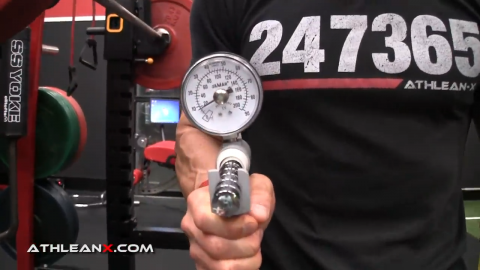
When I did this, my peak output force was measured at 50kg.
Now let’s carry this over to the bathroom scale. We’ll have to do a little conversion of pounds to kilograms, but I think we can handle the math.
Take the non-digital bathroom scale and support it on one knee. Position your hand on it so that your thumb is pointing up and your fingers wrap around the scale to squeeze it.

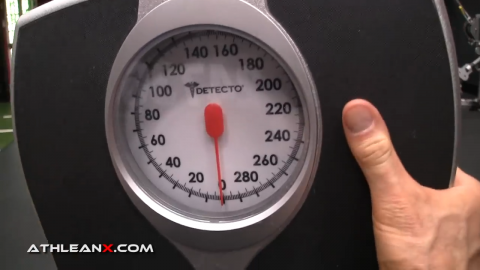
Next, squeeze the scale as hard as you can for 6 seconds and take note of the number in pounds of the force that you generate. Then perform the conversion from pounds to kilograms.

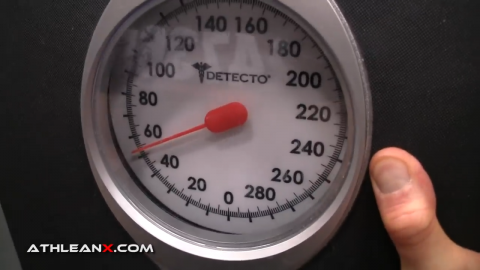
As you can see, all you need is a simple bathroom scale to be able to frequently monitor your grip strength so you can catch neuromuscular fatigue and address it before it becomes a bigger problem!
WHAT TO DO IF YOUR GRIP STRENGTH IS DECLINING?
If you start to see a significant drop in your grip strength, it’s time to make some changes.
When I’m referring to a significant drop, I’m talking about more than a 10% drop.
A 10% of more drop in grip strength means it’s time to take some action in your training even if you haven’t yet noticed some of the more serious signs of neuromuscular fatigue. You don’t want to even allow those to start cropping up in your training!
If you start to see that drop, you’ve got some options to start decreasing the volume in your training to reverse your current state of under recovery.
Steps to take if you see a drop in grip strength:
- Take a deload week (simply decrease volume of work or lighten the loads lifted)
- Increase the number of active recovery activities (massage, stretching, foam roller, flush running, etc.)
- If none of this is working, you may need to take a step back from the gym for a couple weeks to give your body a chance to catch up and recharge
It may take a week or more to get back to your baseline, but you’ll then notice that your strength levels will begin to increase again.
While people are often very reluctant to do this because they think they’re going to lose their gains, you’ll be far better off for doing it than you would have been by continuing to bang away at your workouts in this state of under recovery!
The key to making consistent gains is always to have a “smart” training plan so you know when to push the pedal and more importantly, when it’s time to back off. Continue to test your grip strength on a regular basis to make sure you stay ahead of neuromuscular fatigue and your overall strength and hypertrophy will benefit from it.

- By the time you begin to experience some of the side effects of neuromuscular fatigue such as loss in strength on bigger lifts, lack of size gains, decreased desire to train and a plateau in fat loss, it’s already too late and you could begin suffering from muscle loss.
- Grip strength is a great way to monitor neuromuscular fatigue before any of these negative side effects even begin to set in.
- The grip strength dynamometer is the physical therapist’s gold standard for testing grip strength, but you can use an inexpensive bathroom scale for the same purpose.
- If you notice your grip strength is declining it’s time to make some changes in your training such taking a deload week, increasing active recovery activities or taking some time away from training
- Test your grip strength regularly at home to make sure you catch this early sign of neuromuscular fatigue long before it starts to create more damage.
The best way to make sure you’re doing the right type and amount of training without overdoing it is to follow a training plan that doesn’t have you do more than what your body can recover from. All of our ATHLEAN-X programs are designed to get you training to the edge, but still allow your body to build itself up to be bigger and stronger from workout to workout. Check out our Program Selector to see which program best fits your goals.

Jeff Cavaliere M.S.P.T, CSCS
Jeff Cavaliere is a Physical Therapist, Strength Coach and creator of the ATHLEAN-X Training Programs and ATHLEAN-Rx Supplements. He has a Masters in Physical Therapy (MSPT) and has worked as Head Physical Therapist for the New York Mets, as well as training many elite professional athletes in Major League Baseball, NFL, MMA and professional wrestling. His programs produce “next level” achievements in muscle size, strength and performance for professional athletes and anyone looking to build a muscular athletic physique.



